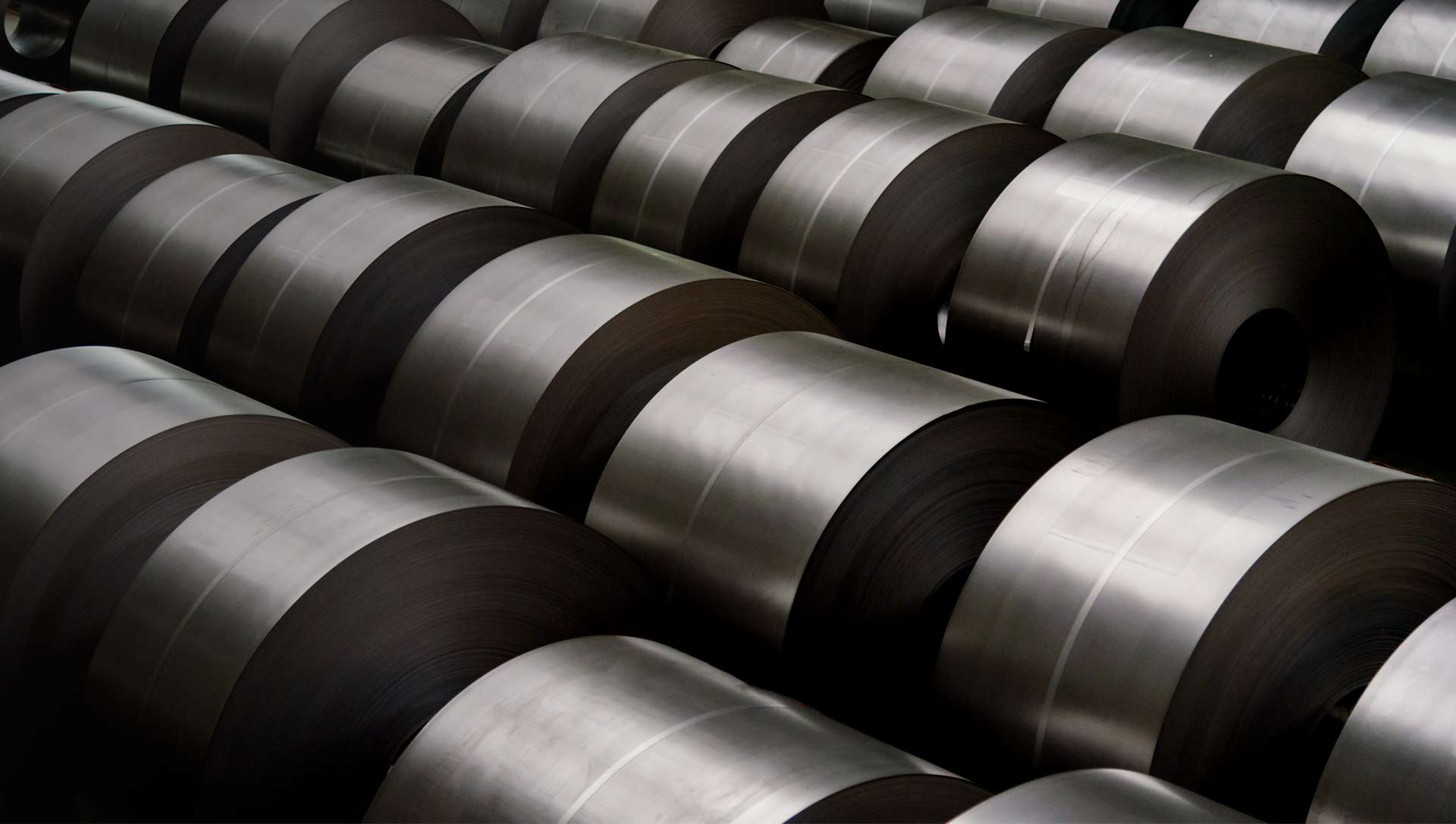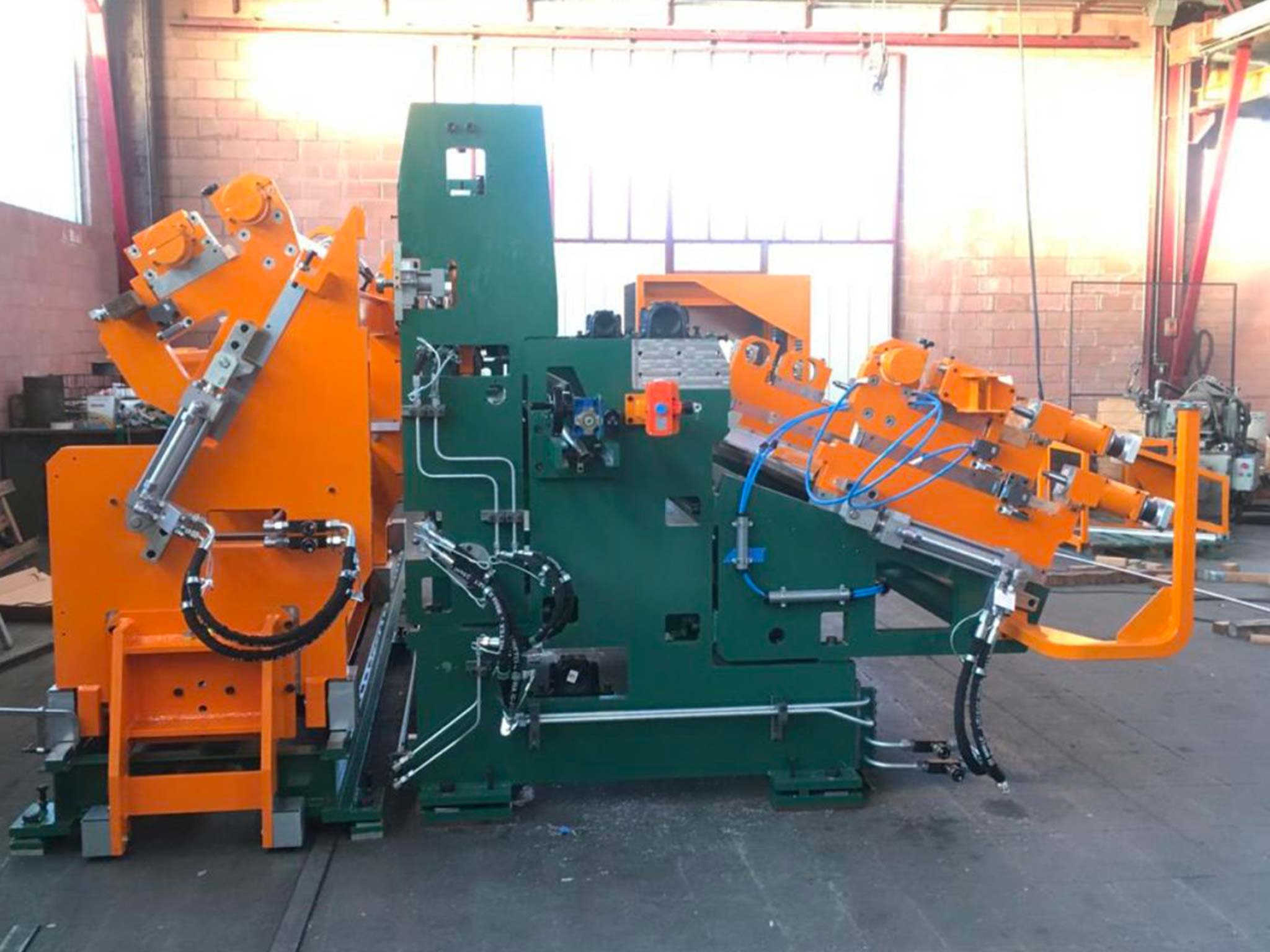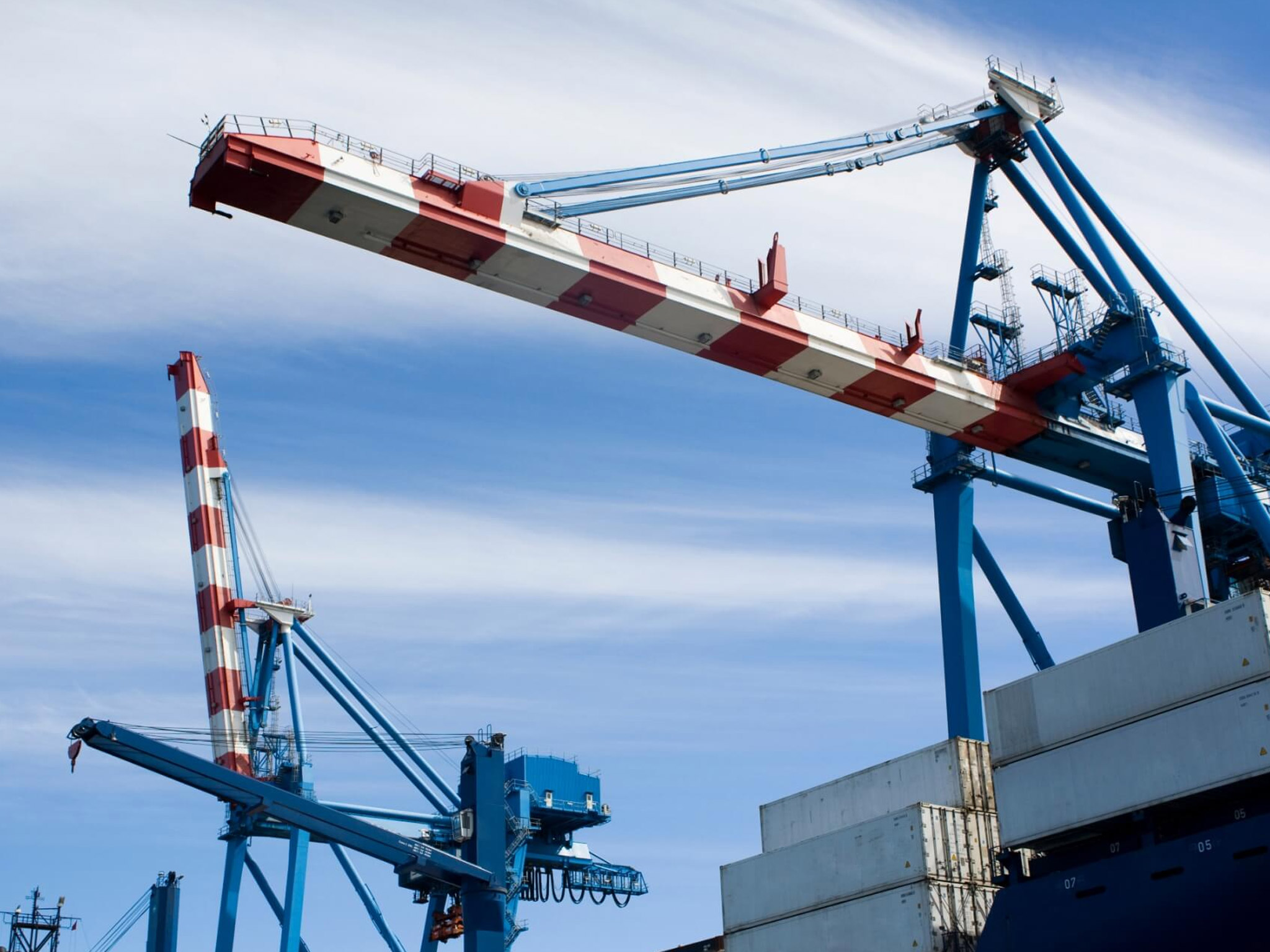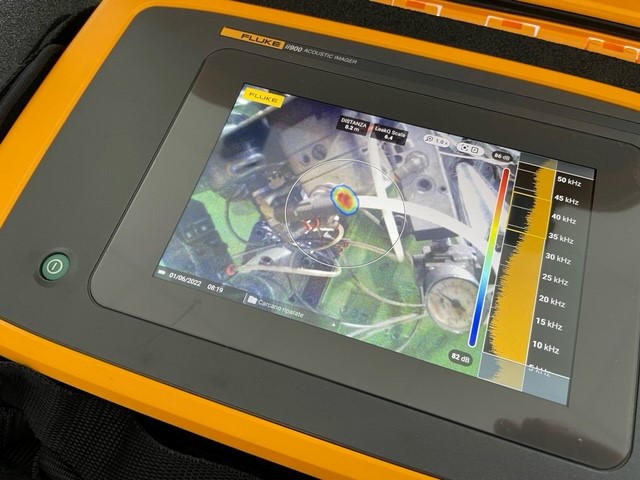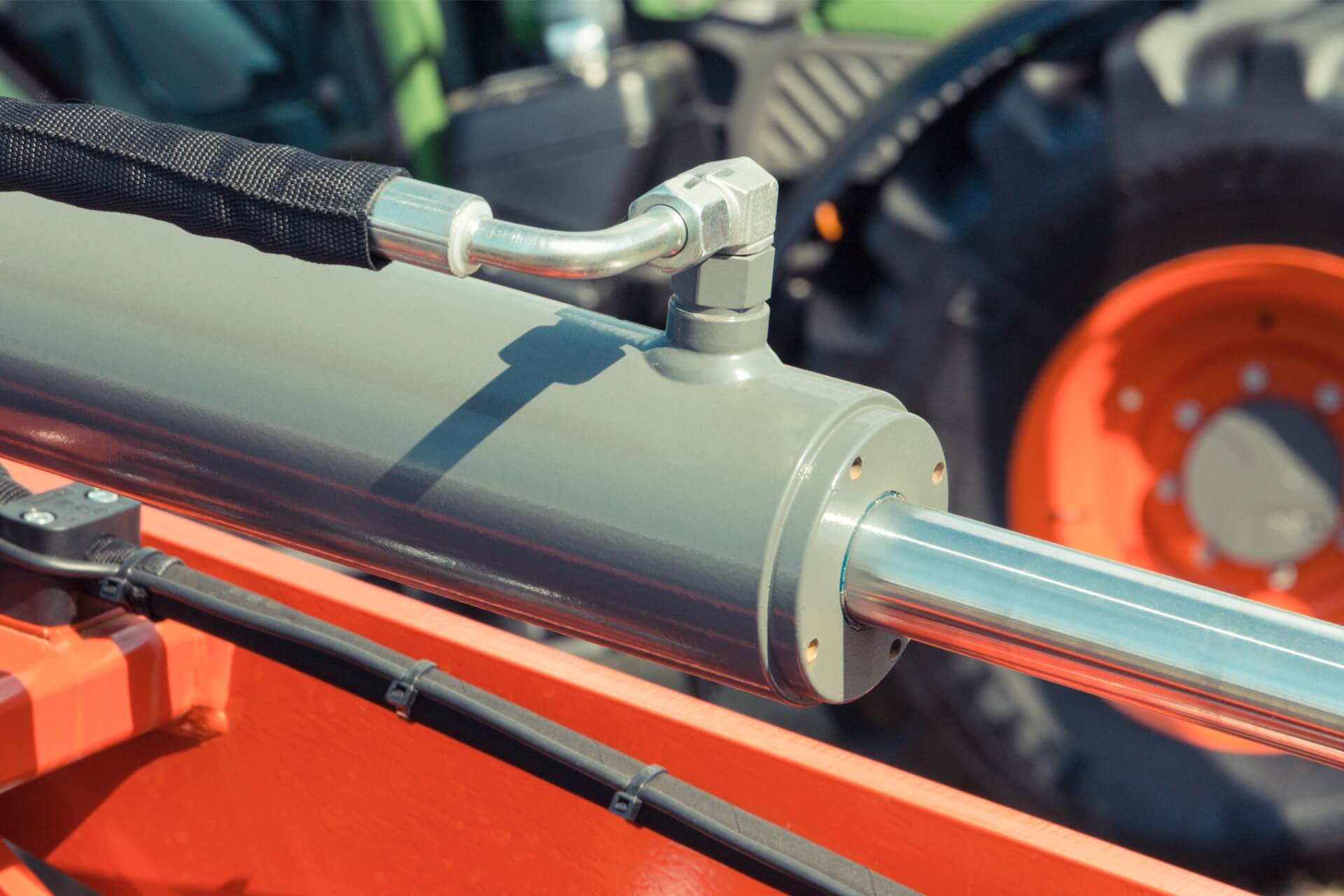
Linear vs. rotary actuators: differences and applications
Electromechanical devices for pneumatic, hydraulic and hydraulic systems
In our various fields of expertise (hydraulic, pneumatic, hydraulics), including most important components for industrial automation we find the actuators elements that have the task of transforming an input consisting of an energy source into an action that can be a linear or rotational movement. And it is precisely on the basis of these two different actions that we distinguish the two fundamental actuator categories for pneumatic, hydraulic, electric and hydraulic systems. Let's find out in detail.
Linear actuators or cylinders
The linear actuators are devices capable of converting the rotary motion of a motor into rectilinear linear motion i.e. push and pull. We speak of electric linear actuators, or of electric cylinders when they are powered by an electric motor (single-phase or three-phase) and are electromechanical systems as an alternative to hydraulic or pneumatic ones compared to which they have the advantage of lower noise levels and higher levels of efficiency: this is precisely why electric linear actuators are widely used for machines with high load capacity or requiring particular robustness.
The main applications of linear actuators concern all sectors that involve straight-line handling and are therefore widely used in industry for lifting, positioning or lowering of loads, thrust and traction. Thanks to their compactness they are also easily integrated into machinery of various types, so we find actuators and cylinders in agricultural machinery, in goods handling, in the medical field (e.g. adjustable beds used in hospitals) and in home and office products.
Rotary actuators
The other type of actuators are the rotary or rotary actuators. These are mechanical devices that, unlike linear actuators, have the ability to convert energy from a fluid or motor into a rotary motion transmitting it to a rotating shaft. The result is the ability to perform rotational motions in both directions.
Rotary actuators can be hydraulic, pneumatic or electric depending on the type of power supply from which the rotary motion arises (hydraulic oil, compressed air, electric current). They too, like linear cylinders, find ample application in the industrial field for all situations where a rotation movement valve control, crane and handling machinery, automotive (e.g. for windscreen wiper movement), packaging, positioning control of machinery and conveyor belts, air handling units, aerospace.



